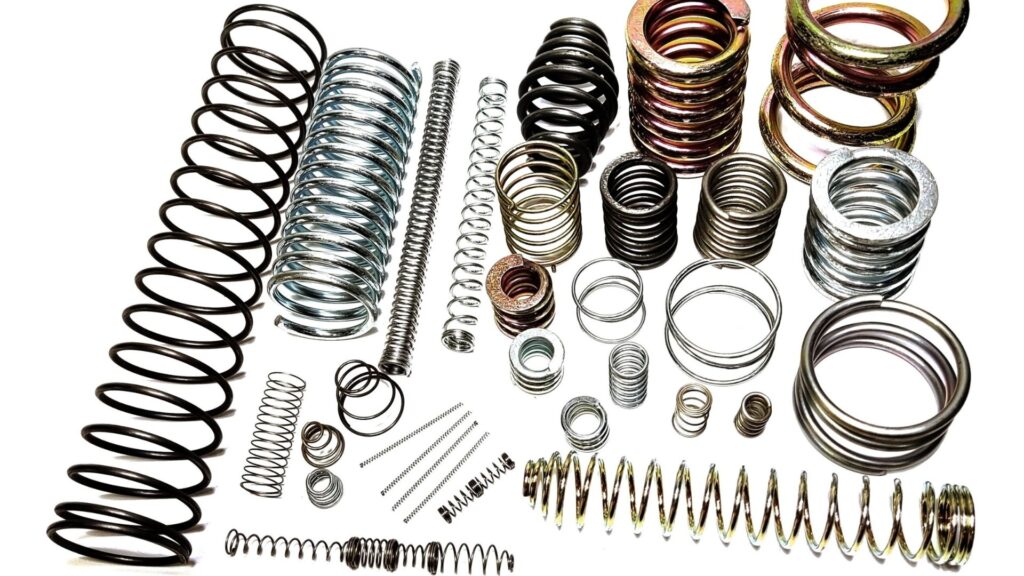When it comes to spring design, material selection isn’t just a checkbox on the spec sheet—it’s a critical decision that impacts performance, durability, and cost. Whether you’re engineering a component for aerospace, automotive, medical devices, or industrial machinery, understanding the properties of different spring materials helps ensure your design performs as intended.
Common Spring Materials and Their Properties
Music Wire
Music wire is a high-carbon steel known for its high tensile strength and uniformity. It’s widely used in high-stress applications due to its excellent fatigue life. However, it has limited corrosion resistance, making it unsuitable for moist or chemically aggressive environments.
- Best For: Static or low-corrosion environments
- Limitations: Not corrosion-resistant; not suitable for high temperatures
Stainless Steel (302, 316, 17-7)
Stainless steel is a go-to material for corrosion resistance and moderate strength. Type 302 is commonly used for general-purpose springs, while 316 is preferred in marine or medical environments due to its superior corrosion resistance. 17-7 stainless offers better strength and fatigue resistance.
- Best For: Corrosive environments, moderate loads
- Limitations: Higher cost; not as strong as music wire
Phosphor Bronze
Phosphor bronze provides good corrosion resistance and excellent electrical conductivity, making it a preferred material in electrical and marine applications. It has moderate strength and good fatigue resistance.
- Best For: Electrical contacts, marine use
- Limitations: More expensive than steel; lower strength
Elgiloy and Inconel
These high-performance alloys are used in extreme environments, such as aerospace or chemical processing. Elgiloy offers high strength and excellent corrosion resistance. Inconel withstands high temperatures and aggressive chemicals.
- Best For: High-temperature, corrosive, or aerospace applications
- Limitations: High cost; harder to machine
Key Factors in Material Selection
- Corrosion Resistance: Will the spring be exposed to moisture, salt, or chemicals?
- Load Requirements: What stresses will the spring encounter in regular use?
- Temperature Range: Will it need to operate in extreme heat or cold?
- Electrical Conductivity: Is the spring part of an electrical circuit?
- Cost Constraints: Are there budget limitations for material sourcing?
Matching Material to Application
For example, if you’re designing a spring for a marine application, 316 stainless or phosphor bronze might be your best bet. In high-stress environments like automotive suspensions, music wire or 17-7 stainless could provide the durability you need. For environments involving both high heat and corrosive agents, Elgiloy or Inconel are often worth the investment.
Conclusion
Choosing the right spring material is a balance of performance requirements, environmental considerations, and cost. By understanding the strengths and trade-offs of each material, engineers can make informed decisions that enhance the reliability and efficiency of their designs.
Need help selecting the right spring for your project? At Jackson Spring, we’re here to assist with custom spring solutions tailored to your needs.

